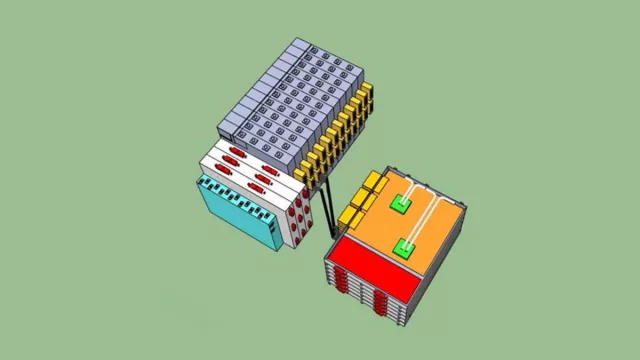Developed under CNES supervision, the FAST project (Future Advanced Satellite Telecommunications) initiated in 2012 led to the qualification in 2022 of third-generation digital processors for civilian and military telecommunication satellites.
FAST is also working to retire risks and qualify critical technologies for Ku-band and Ka-band radiofrequency transmission equipment in flexible active antennas.
Key information
| Mission | Develop a transparent, multi-mission digital processor for telecommunication satellites. Advanced technology and modular architectures. |
|---|---|
| Domain | Defence |
| Start date | Technology qualified in 2022 |
| Partners | Thales Alenia Space, ATMEL/Microchip, ST Microelectronics, Thales AVS MIS, DGA |
| Where | Civil and military telecommunications satellites |
| Lifetime | 15 years |
Key milestones
- 5 July 2023: Launch of Syracuse-4B satellite incorporating FAST technology
- 24 October 2021: Launch of Syracuse-4A satellite incorporating FAST technology
- 2022: Technology qualified
- 2012: Start of development
Project in brief
Third-generation processors are a key component in telecommunication satellites and embody a remarkable leap forward in terms of performance, thanks to a modular design and vastly improved onboard digital processing capabilities, extending bandwidth from a few GHz to a few dozen GHz.
These processors are also flexible, able to switch frequencies and interconnect between beams processed simultaneously by the payload. These are crucial features when it comes to connecting military users located in different theatres of operations or avoiding interference in communication bands.
The new processors have also significantly reduced power consumption, mass and volume, and in general offer innovative solutions to the big challenges of the fiercely competitive telecommunications field and the digital battlespace.
The FAST processor is the core of the payload on the Syracuse IV (ex. Comsat NG) military telecommunication satellites.
In addition, radiofrequency power chips have also been designed and fabricated for the latest flexible active antenna solutions, and a range of technology qualification activities are underway (connector mounting, microwave chip package, PCB substrate, etc.). Work is being finalized and all qualifications are expected to be completed by end 2024.
CNES’s role
The FAST project was kicked off in 2012 under CNES’s dual-use (civilian/military) research budget, in partnership with Thales Alenia Space as prime contractor for the French Ministry of Defence’s Syracuse IV payload.
For any questions, please use the contact form.


